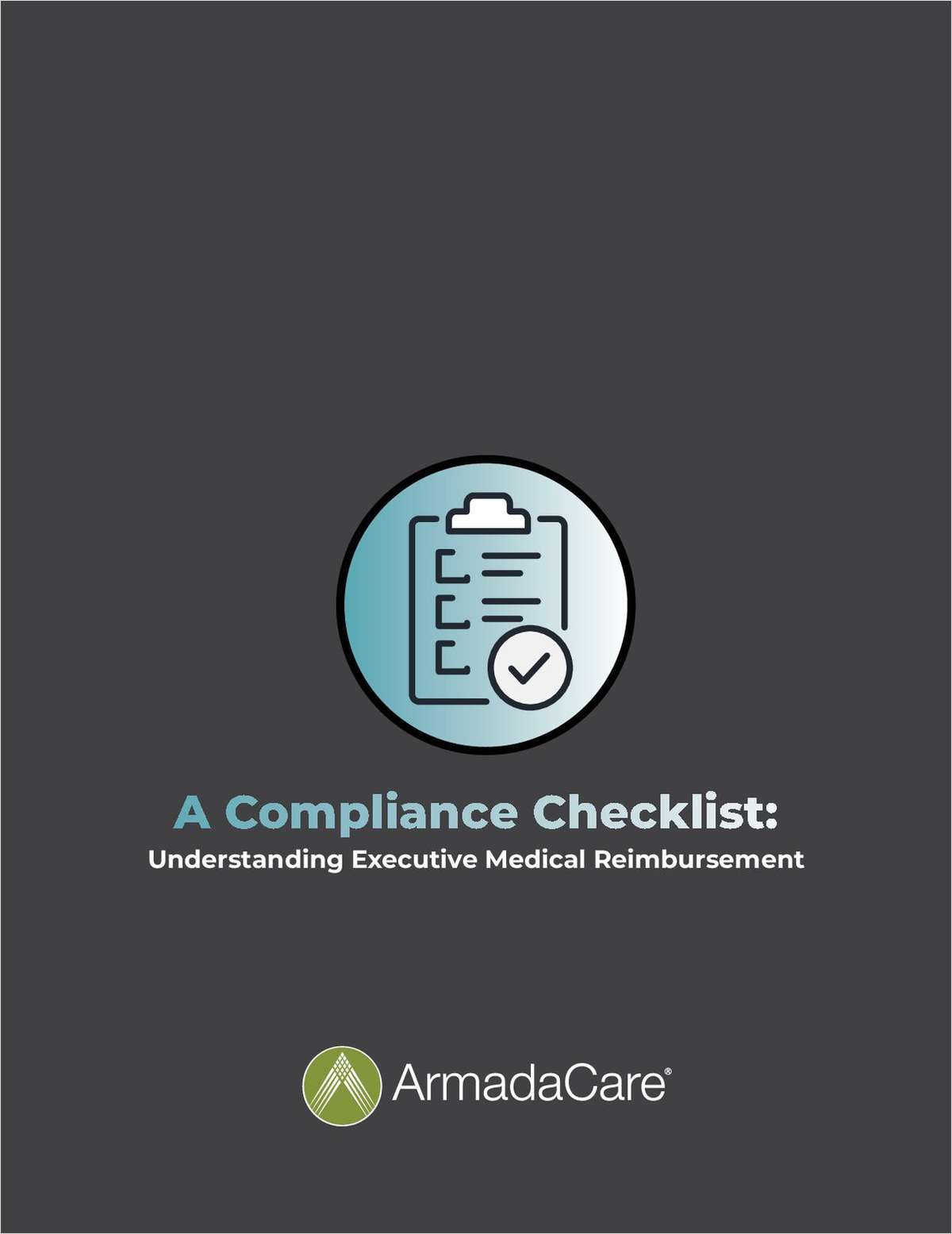A handful of analysts and politicos have warned that Patient Protection and Affordable Care Act provisions—most notably the employer mandate—would have a negative impact on employment, cut jobs and reduce full-time workers' hours. But none of that has happened—at least according to new analysis.
In fact, argue researchers from the Urban Institute, PPACA's implementation is associated with an increase in employment among those most likely to be affected by its provisions.
“The ACA has been castigated as a 'job-killing' policy since day one, but once again we see that these charges are not supported by the evidence,” said Kathy Hempstead, who directs coverage issues at the Robert Wood Johnson Foundation. “In terms of both labor force participation and hours worked, employment trends reflect the pace of economic recovery.”
The research did find a slight increase in part-time employment, though researchers noted that “increase is small enough that there is no overall change in labor supply.”
Specifically, researchers from the Urban Institute, with funding from the Robert Wood Johnson Foundation, examined whether PPACA and its Medicaid expansions affected four key measures of work effort: labor force participation; employment; the probability of part-time work; and hours worked per week by nonelderly adults in the U.S.
Overall, the report found no evidence that trends in the four measures of work effort deviated in 2014 in response to PPACA. For those with a high school education or less who are more likely to be affected, however, PPACA was associated with a small increase in employment and the probability of part-time work, researchers said.
Researchers also found that PPACA's Medicaid expansions had virtually no effect on labor market outcomes through the end of 2014.
The new research from the Urban Institute contradicts findings earlier this year by the Society for Human Resource Management. According to SHRM's survey of some 740 human resources professionals, about one in five U.S. employers either have reduced hours for workers they consider to be part-time, or will do so, in response to requirements of PPACA.
Still, research has been back and forth on the true impact PPACA has and will make on jobs. An ADP Research Institute report, for example, found that the share of the labor force working fewer than 30 hours remained virtually the same between 2013 and 2014. Back in 2013, Towers Watson also asserted that most large employers are not looking to circumvent coverage extension by reducing full-time workers' hours.
Urban Institute culled its data from the Current Population Survey used by the federal government to monitor the labor market.
—Kathryn Mayer
Complete your profile to continue reading and get FREE access to BenefitsPRO, part of your ALM digital membership.
Your access to unlimited BenefitsPRO content isn’t changing.
Once you are an ALM digital member, you’ll receive:
- Breaking benefits news and analysis, on-site and via our newsletters and custom alerts
- Educational webcasts, white papers, and ebooks from industry thought leaders
- Critical converage of the property casualty insurance and financial advisory markets on our other ALM sites, PropertyCasualty360 and ThinkAdvisor
Already have an account? Sign In Now
© 2025 ALM Global, LLC, All Rights Reserved. Request academic re-use from www.copyright.com. All other uses, submit a request to [email protected]. For more information visit Asset & Logo Licensing.








